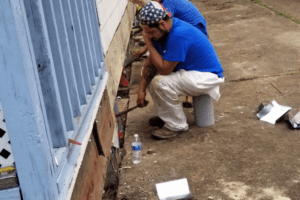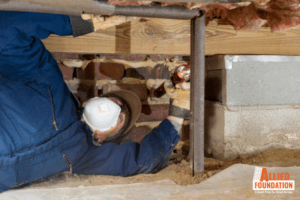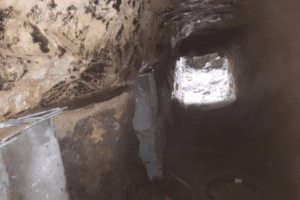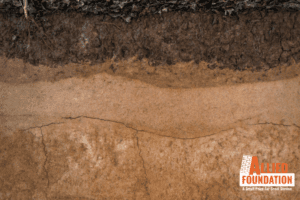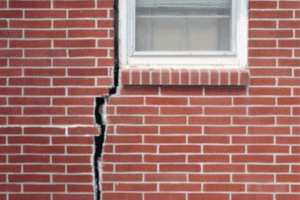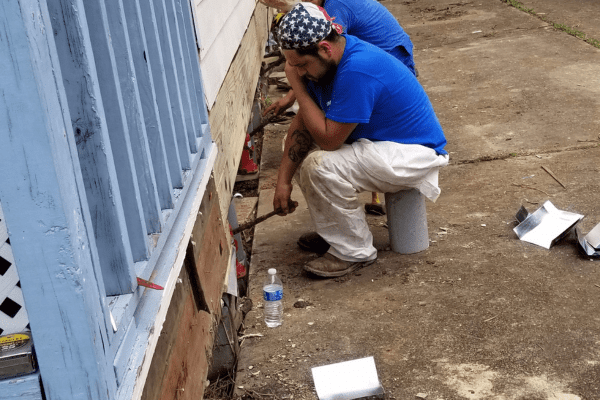Houston is known for its diverse culture, thriving economy, and, unfortunately, its floods. As one of the most flood-prone cities in the United States, Houston experiences significant rainfall events that can lead to widespread flooding. For homeowners in the greater Houston area, these floods can pose serious risks, especially to the integrity of your home’s foundation. Understanding how flooding impacts your foundation, the signs of damage, and what steps you can take to protect your home is crucial for maintaining the safety and value of your property.
The Impact of Floods on Your Home’s Foundation
1. Soil Erosion and Shifting
The soil beneath your home plays a critical role in supporting its foundation. In Houston, the predominant soil type is expansive clay, which can be particularly problematic when it comes to flooding. Expansive clay soil absorbs water and expands, and when the water recedes, the soil contracts. This constant expansion and contraction can cause the soil to shift, leading to foundation movement.
During a flood, the sheer amount of water saturating the ground can lead to soil erosion, weakening the support under your foundation. As the soil erodes, voids can form beneath your foundation, causing it to settle unevenly. This uneven settlement can result in cracks in the foundation, walls, and floors, compromising the structural integrity of your home.
2. Hydrostatic Pressure
When the ground around your home becomes saturated with water during a flood, the increased water pressure in the soil, known as hydrostatic pressure, can exert significant force on your foundation walls. If your foundation is not adequately reinforced, this pressure can cause the walls to bow, crack, or even collapse in extreme cases. Basements and crawl spaces are particularly vulnerable to damage from hydrostatic pressure, which can lead to water infiltration and long-term structural issues.
3. Water Infiltration
Floodwater can seep into your home through cracks in the foundation, basement walls, or around windows and doors. Once inside, water can cause a host of problems, including mold growth, wood rot, and damage to your home’s structural components. Over time, repeated exposure to water can weaken your foundation, leading to more severe issues such as sinking or settling. Even if the water recedes relatively quickly, the moisture left behind can continue to damage your foundation if not properly addressed.
Signs of Foundation Damage After a Flood
After a flood, it’s essential to inspect your home for signs of foundation damage. Some indicators to look out for include:
- Cracks in Walls or Floors: Horizontal or stair-step cracks in the walls or floors can signal that your foundation has shifted or settled unevenly. These cracks may appear inside or outside your home and should not be ignored.
- Doors and Windows That Stick: If your doors and windows suddenly become difficult to open or close, it could be a sign that your foundation has shifted, causing the frames to become misaligned.
- Uneven or Sloping Floors: If you notice that your floors are no longer level or that there are visible dips or slopes, it could be a sign of foundation settlement.
- Gaps Around Doors and Windows: Gaps between your doors, windows, and the walls can indicate that your foundation has moved, causing the frames to separate from the surrounding structure.
- Bowing or Bulging Walls: If your basement or crawl space walls appear to be bowing inward, it’s a strong indication of hydrostatic pressure and potential foundation damage.
If you observe any of these signs, it’s essential to consult a professional foundation repair specialist to assess the extent of the damage and recommend appropriate repairs.
Protecting Your Foundation from Flood Damage
While you can’t control the weather, there are steps you can take to protect your home’s foundation from flood damage:
1. Improve Drainage Around Your Home
Proper drainage is key to preventing water from accumulating around your foundation. Ensure that your gutters and downspouts are clear of debris and direct water away from your home. You may also want to consider installing a French drain or a sump pump system to help manage excess water.
2. Elevate Your Home
In flood-prone areas of Houston, elevating your home above the base flood elevation can significantly reduce the risk of flood damage to your foundation. While this is a more costly option, it can be a worthwhile investment for homes in high-risk areas.
3. Seal Foundation Cracks
Before a flood occurs, inspect your foundation for cracks and seal them with a high-quality waterproof sealant. This can help prevent water from seeping into your home during a flood.
4. Install a Vapor Barrier
Installing a vapor barrier in your crawl space or basement can help protect your foundation from moisture infiltration. A vapor barrier is a layer of plastic sheeting that covers the ground and walls, preventing moisture from rising into your home’s foundation.
5. Consider Flood Insurance
Even with the best preventative measures, there’s no guarantee that your home won’t be affected by a flood. Investing in flood insurance can provide you with financial protection in the event of flood-related damage to your foundation.
What to Do If Your Foundation Is Damaged by a Flood
If your home’s foundation has been damaged by a flood, it’s important to act quickly to prevent further damage. Here’s what you should do:
1. Contact a Foundation Repair Specialist
A professional foundation repair specialist can assess the extent of the damage and recommend the best course of action. Depending on the severity of the damage, they may suggest underpinning, pier installation, or other stabilization methods to restore your foundation’s integrity.
2. Address Moisture Issues
After a flood, it’s crucial to remove any standing water and thoroughly dry out your home to prevent mold growth and further damage. Dehumidifiers and fans can help speed up the drying process. If you have a basement or crawl space, consider installing a sump pump to prevent future water accumulation.
3. Document the Damage
Take photos and document the extent of the damage for insurance purposes. If you have flood insurance, contact your insurance company as soon as possible to file a claim.
4. Plan for Future Floods
Once your foundation has been repaired, take steps to prevent future flood damage. This may include improving drainage around your home, elevating your home, or installing additional waterproofing measures.
Ensure Your Houston Home is Ready for Possible Floods
Houston homeowners are no strangers to the threat of floods, and understanding how these floods can impact your home’s foundation is essential for protecting your investment. By taking preventative measures, recognizing the signs of foundation damage, and acting quickly when damage occurs, you can help safeguard your home from the devastating effects of flooding. Remember, when it comes to your home’s foundation, proactive care is the best defense against Houston’s unpredictable weather.




